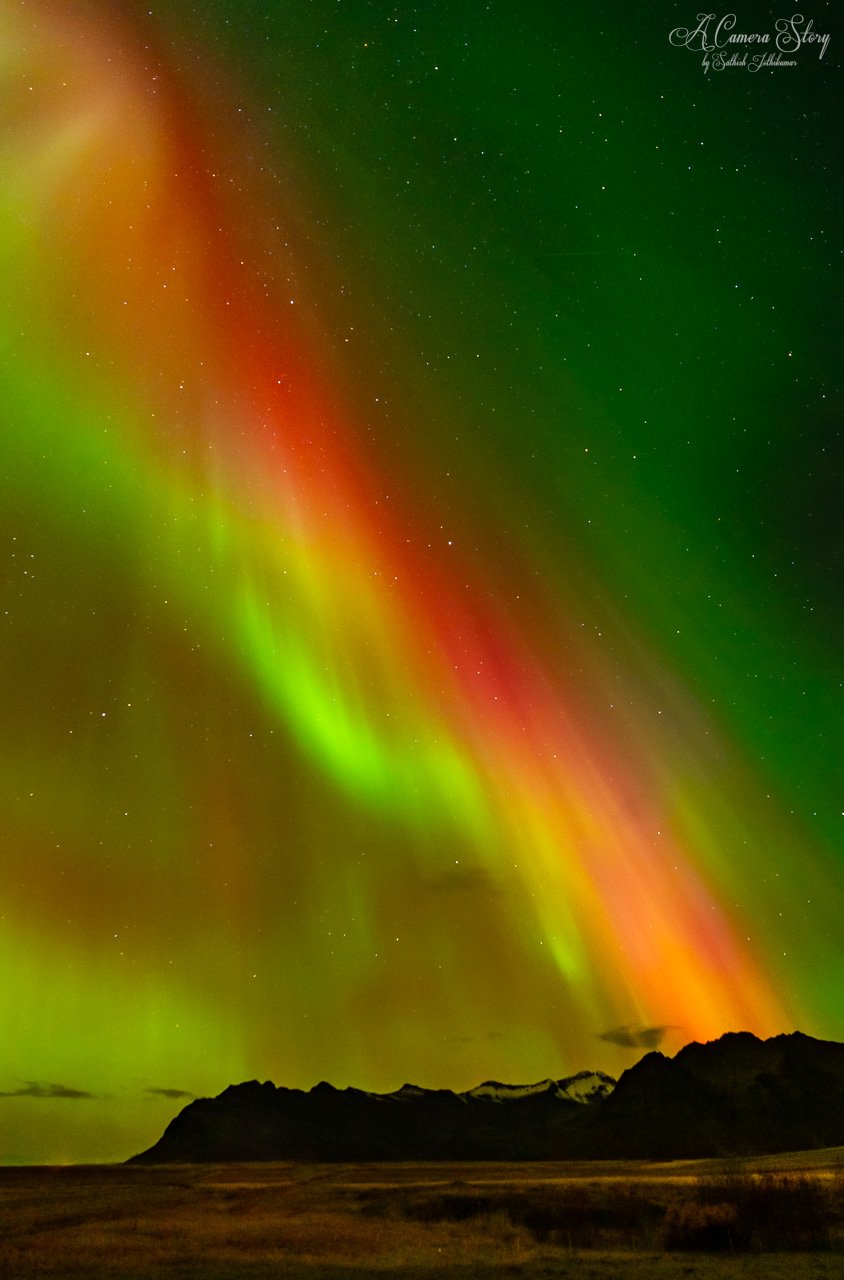My 2025 landscape photography calendar is now available. This calendar features a unique set of photographs that cover important astronomical events in 2024, from the eclipse in April, to the bright auroral displays in May and October. Landscapes covered include the winter wonderlands in the Pacific Northwest, to remote landscapes of Iceland, volcanic eruptions in Central America and even a postcard scene of the Emerald City.
And remember, this calendar is for a good cause - all proceeds will get donated to Sierra Club Foundation. We are gifted to have such amazing public lands, and having visited 59 National Parks and many more wilderness areas, I have come to realize the vital importance of our public lands system in protecting and preserving nature, culture, wildlife, and landscapes for the future. The Sierra Club Foundation helps secure protections for public lands and waters, promote healthy ecosystems and communities, and fight for clean air and water, and build a diverse, inclusive environmental movement that reflects and represents today’s American public, and prioritizes important connections between environmental health and social justice.
You can purchase the calendar at this link for $18.99
Thanks in advance
Royalty Free Music: Bensound.com/royalty-free-music
License code: ZAR56UQHNDKVTGXI








